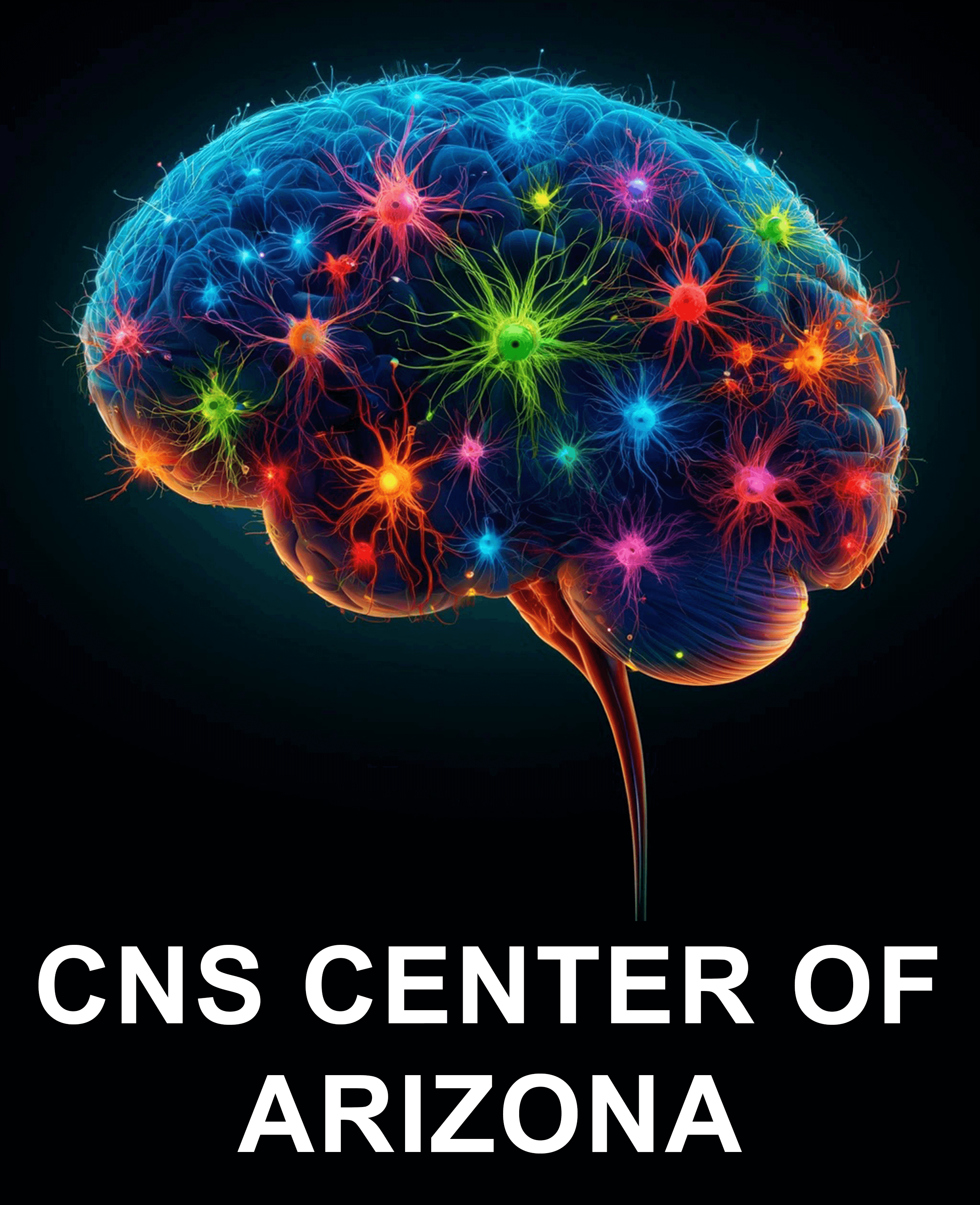
Scrolling through your phone for hours, absorbing a steady stream of bad news, has become a common habit for many.
This behavior is known as “doomscrolling,” and it can seriously affect your mental well-being.
According to a 2021 Pew Research study, around 83% of Americans have reported feeling overwhelmed or anxious because of the constant flow of negative news on social media.
The endless barrage of negative information, which can either be about politics, natural disasters, or global crises, can quickly consume you.
But why is doomscrolling so addictive? The problem is deeper than just curiosity.
The combination of psychological triggers and the design of social media platforms makes it incredibly difficult to stop, even if the constant stream of news leaves you feeling drained and anxious.
If you find yourself caught in this cycle, it’s essential to understand the nature of doomscrolling, how it affects your mental health, and what you can do to break free from it.
What Is Doomscrolling?
Defining Doomscrolling and Its Popularity
Doomscrolling is the act of endlessly scrolling through social media, news websites, or apps, fixating on negative and distressing information.
It often happens without purpose or a clear end in sight. The more shocking or emotional the news, the harder it becomes to look away.
Even if it’s updates about political tension, environmental disasters, etc., doomscrolling feeds our natural curiosity but at the cost of our well-being.
Doomscrolling in Social Media
In a world where smartphones and social media apps are always within reach, it’s easy to get stuck in a cycle of scrolling for the latest updates.
Social media algorithms are designed to prioritize content that grabs attention, often through sensational headlines or emotional content.
This creates an endless loop of negative information that keeps you coming back for more, even when it makes you feel anxious or overwhelmed.
The Psychology Behind Doomscrolling Addiction
The reason doomscrolling becomes so addictive has to do with how our brains process information.
When you see a new piece of news, your brain releases dopamine, a chemical that makes you feel good and motivates you to keep seeking more.
This feedback loop keeps you hooked, even when the news is distressing.
Over time, your brain becomes conditioned to expect that dopamine hit, making it harder to stop scrolling.
The need for certainty also drives doomscrolling. When faced with uncertainty, like a crisis or disaster, the brain seeks information to fill that gap.
The problem is that the more you scroll, the more information you get, but it often leaves you feeling more anxious, not more in control.
It becomes a cycle of searching for answers, even when the information is negative or unhelpful.
Social Media and Anxiety: How Constant Exposure Affects You

The Link Between Social Media Use and Anxiety
Social media is a platform for staying connected, but also a major contributor to anxiety, especially in times of crisis.
Research shows that heavy social media use can increase feelings of anxiety and stress.
A study from the University of Pennsylvania found that reducing social media use leads to a decrease in anxiety, depression, and loneliness.
The problem lies in how social media platforms are designed.
They prioritize content that generates the most interaction, which often means negative, emotionally charged news gets pushed to the forefront.
As a result, social media feeds become filled with alarming stories, stoking worry and anxiety.
When your feed is constantly filled with distressing updates, it’s no surprise that it can have a negative impact on your mental health.
How Social Media Fuels Doomscrolling and Increases Anxiety
The constant exposure to negative news on social media can lead to a cycle of anxiety.
When you’re continuously scrolling through distressing content, your body releases stress hormones like cortisol, putting you in a constant state of alert.
This chronic stress affects both your mental and physical health, leading to higher levels of anxiety and even physical symptoms like headaches or difficulty sleeping.
Social media isn’t the only culprit, as news websites can also contribute to doomscrolling.
When the media focuses on sensationalized or distressing stories, it can trigger feelings of fear and helplessness.
It becomes increasingly difficult to take a break from the news when you feel like you need to stay updated.
But constantly checking for updates, especially on negative news, increases anxiety rather than alleviates it.
The Negative Effects of Doomscrolling
How Doomscrolling Increases Stress and Anxiety
One of the most significant negative effects of doomscrolling is the increase in anxiety and stress.
Each time you encounter troubling information, your brain enters fight-or-flight mode, triggering a cascade of stress hormones.
The more you scroll, the more your body stays in this stressed state, leading to higher levels of anxiety, especially when you feel powerless or uncertain about the world around you.
Prolonged exposure to negative news also desensitizes your ability to process information rationally.
Over time, your brain begins to respond to negative content more intensely, reinforcing the urge to keep scrolling for more.
This cycle only increases the strain on your mental health, as you constantly feed your stress with more distressing news.
How to Stop Doomscrolling and Regain Control
Set Limits on Your Social Media Usage
To break the habit of doomscrolling, it’s essential to set clear boundaries around your media consumption.
Start by limiting the time you spend on social media and news websites.
You can set specific times during the day to check the news or social media, rather than constantly refreshing your feed.
Setting a daily limit on how much time you spend online can reduce the impulse to scroll endlessly.
Another helpful strategy is to turn off push notifications for social media apps.
This reduces the constant bombardment of updates, making it easier to stay present in the moment and prevent you from mindlessly checking your phone.
Practice Mindfulness and Be Present
Instead of reaching for your phone to scroll through the news, try practicing mindfulness.
Take a moment to breathe deeply or focus on your surroundings.
Grounding yourself in the present moment can reduce the urge to doomscroll and help you regain control over your emotions.
Mindfulness techniques can also help reduce the anxiety caused by constantly consuming negative news.
Exercises such as meditation, journaling, or simply taking a walk outside, taking time to clear your mind can help break the cycle of doom scrolling and calm your nerves.
Replace Doomscrolling with Healthier Habits
One of the most effective ways to stop doomscrolling is to replace the habit with healthier activities.
Instead of spending hours on social media, try focusing on hobbies or activities that help you relax and unwind.
This could be reading, exercising, or spending time with loved ones.
Building new habits that promote mental well-being can help you break free from the cycle of doom scrolling.
Doomscrolling Addiction Recovery: How to Regain Control

Seek Professional Help if Needed
If you find it difficult to stop doomscrolling on your own, seeking professional mental health services can be an important step.
Therapy can help you understand the root causes of your anxiety and addiction to negative news.
A therapist can also provide guidance on how to cope with stress and reduce your dependency on digital media.
Therapy offers tools to help you manage anxiety and stop the cycle of doomscrolling.
Through cognitive-behavioral therapy (CBT) or telemedicine services in Arizona, you can learn how to challenge the thoughts that drive your need to constantly check the news.
Over time, therapy can help you regain emotional balance and reduce the power that doomscrolling has over you.
Build Healthier Digital Habits
Recovery from doomscrolling involves changing how you engage with digital media.
Begin by consciously limiting your exposure to negative news and replacing it with more uplifting content.
Instead of scrolling endlessly, choose to read something inspiring, watch positive videos, or interact with people who lift your spirits.
Setting digital boundaries and practicing healthier habits will help you take control of your media consumption and, ultimately, your mental health.
Break the Doomscrolling Cycle for Better Mental Health
Doomscrolling may feel like a harmless habit, but its negative effects on your mental health are real.
Limiting your social media time, practicing mindfulness, and seeking professional help can all help you break free from the cycle of doomscrolling.
If you’re struggling with anxiety or find it difficult to stop doomscrolling, CNS Center Arizona is here to help.
With professional therapy and support, we can guide you in building healthier digital habits and managing the emotional effects of negative news.
To learn more about how we can help you reclaim your mental health and break free from doomscrolling, contact us now.






